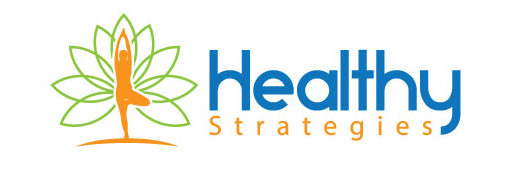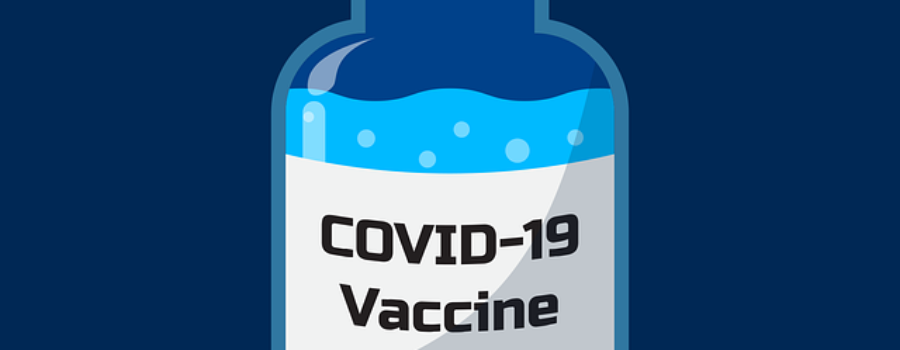What’s Most Important to Do While We Wait for the Covid-19 Vaccine?
We’re all eager to have a solution that would prevent us from getting sick with coronavirus and resume our normal routines. We know vaccines help prevent many infectious diseases and keep wondering when a vaccine against Covid-19 will become available.
Some vaccines have a high level of protection that lasts decades, but not all of them do, especially for the respiratory viruses. To illustrate this, I’ll use the example of the flu vaccine many of you are familiar with. According to the CDC, the data gathered from 2009 to 2019 showed the flu vaccine protection was anywhere from about 40-60 percent.
During some years this was significantly lower though. For example, in 2018-2019 the vaccine effectiveness was 29 percent—meaning from 100 people who received it only 29 did not get the disease, while 71 did get it despite the vaccine. In 2014-2015 the protection rate was as low as 19 percent (81 out of 100 people got the disease after vaccination). Luckily, there is oral medication to treat flu.
The flu vaccine is different every season because the virus mutates and with as much experience accumulated about it, the vaccine is still not protecting every person receiving it. Therefore we can expect that a vaccine against Covid-19 will not be perfectly effective for everybody. Covid-19 already mutated and this may further delay or complicate the path to obtain an effective and safe vaccine.
Moreover, we don’t know if the immune response from it will be strong enough or last long enough to protect us. This means the vaccine may need to be repeated a few months apart, while we’re still vulnerable despite having received one vaccination. Until the final studies are done we won’t have a clear answer.

Presently however, we do have masks that can protect us. In many parts of Asia people are used to wearing masks “by default, almost like a cultural norm”—as a journalist described it, and they’ve done so way before this pandemic. While this is not routinely done in the US, it has advantages nowadays.
There has been quite a bit of medical research showing that the mask worn properly—this means covering the mouth and nose, helps. This virus spreads through droplets an aerosols that last in the air before dropping on surfaces. This means each time we are close to other people, the mask has a decent preventive role.
Not long ago the story about the hair saloon in Missouri made headlines. That’s where two hairstylists, who later learned they were positive for coronavirus, did not transmit it to any of the 139 clients they interacted with. The reason was that everybody was wearing masks at all times.
If it’s a N95 mask, the prevention is way better, this is what the medical professionals wear after all. I asked many of them who tested negative for coronavirus (after working long shifts and for a few months in Covid units), and they agree that the most important piece of protective equipment was the N95 mask.
At present, there is enough information that many types of face covering, of course along with practicing responsible behavior (social distancing, thorough hand washing, and not touching the face and eyes), safeguards us against this vicious pathogen. Before a vaccine or oral medication become widely available, these simple measures are priceless.
For really sick patients admitted to the Intensive Care Units, an intravenous antiviral medication—Remdesivir, is available and sometimes used along with the steroid dexametasone. Some oral (by mouth) medications to be used for moderately severe cases are being researched and these would prevent the need to be admitted to the hospital, but currently we don’t have these as we don’t have the vaccine.

So we’re ignoring the cheaper masks while waiting for the way more expensive vaccine, but for the time being masks are all we have. A safe and effective vaccine takes long to develop and since it could protect us in percentages similar to the flu vaccine, I’ll continue to wear a mask indoors or in crowded outdoor areas for a while longer.
I simply don’t understand why some people are so much against this preventive measure. I do admit, it’s not the most pleasant thing to have on the face, but if it adds a decent level of protection, I’ll use it.
Maybe if by wearing it we’d acquire special powers as it happened with Stanley Ipkiss—Jim Carey’s character from the movie The Mask, more people would be inclined to put it on. But I do believe we acquire special capabilities of not getting infected with this virus. In the meantime, not wearing it when necessary could get us sick in many unforeseeable ways.
We can’t anticipate how sick any of us will be if we contact this infection and we all hope: “I’ll have something mild.” There have been however, many serious cases in younger people without any underlying health conditions.
Among people who contacted Covid-19 and experienced mild viral disease, many of them experience residual fatigue lasting for months, often combined with reported memory and judgment impairments.
As of August 6th, a report from the American Academy of Pediatrics and the Children’s Hospital Association, shows over 380,000 total confirmed cases and the hospitalizations in children have increased.
It is true that masks can be somewhat uncomfortable to wear, but think about this as a “side-effect,” just as the vaccine may have its own. Also remember the healthcare workers who wear not just a mask but the additional protective equipment for 12-hours shifts! For the general public wearing it it’s easier and there are safe ways to get short breaks if the masks need to be worn for an extended interval of time.
Dr. Fauci recently stated that “a safe and effective vaccine will ultimately control this pandemic.” So the bottom line: Until we get the vaccine, wear the mask properly. It may be very helpful before more advanced medical treatments are available, and even after.
Keeping this in mind, I can’t help but wonder if by wearing masks throughout the coming fall-winter season, we’ll encounter fewer cases of flu during the 2020-2021.



